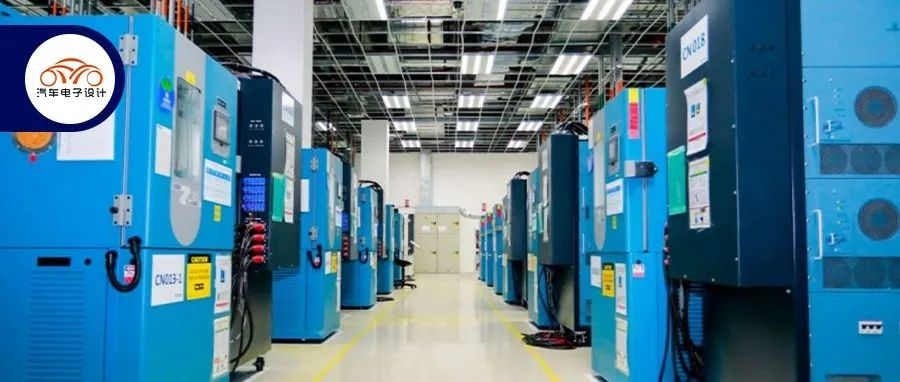Author: Zhu Yulong
As China’s power battery and electric drive technologies continue to innovate, it is necessary to dialectically consider the comparative advantages of the electric vehicle platforms developed by global automotive companies, especially the Ultium platform focusing on three-electricity technology. Can it undertake the overall transformation of General Motors to electrification? At the end of July, SAIC-GM held an “Ultium electric vehicle platform technology open course,” and I also went to the scene to see it. When we returned, we sorted out some features of this electric vehicle platform. According to the slogan of the Ultium platform, “safer, smarter and more performance,” what are the differences to consider compared to China’s new battery and electric drive system technology?
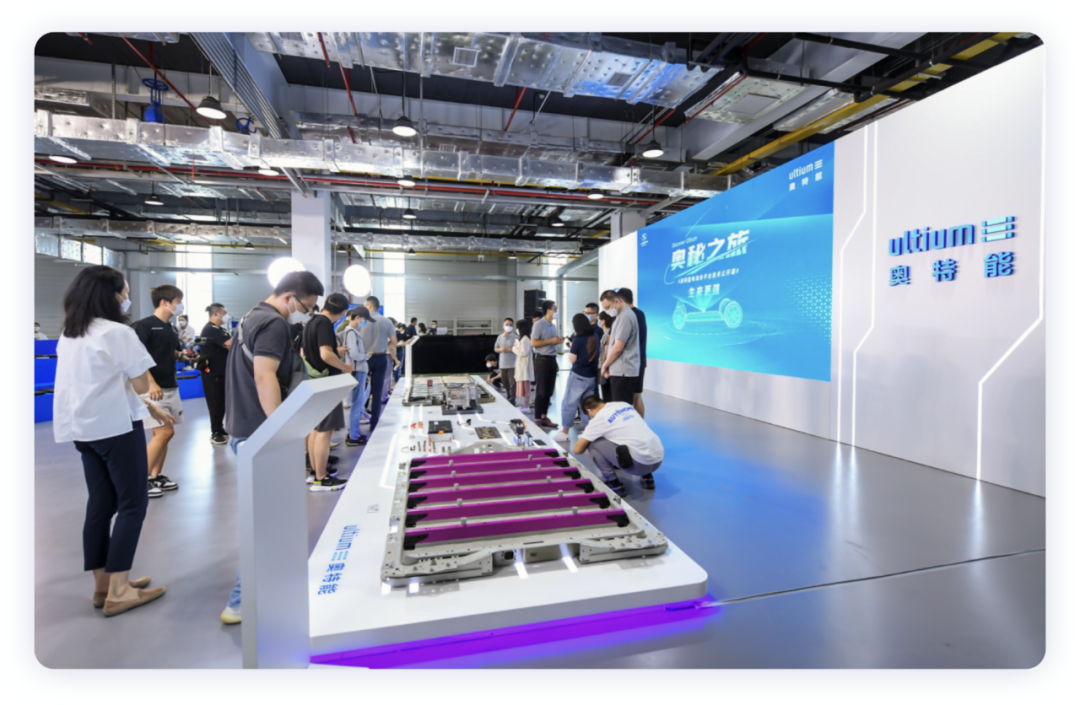
My understanding is:
-
General Motors’ engineering design is “I-centric”. Unlike MEB, which needs to consider more Chinese subsidies and various needs, GM’s Ultium platform starts with a standard cell to consider issues around the two key characteristics of safety and performance in the long cycle. GM’s advantage in China is that it can achieve the extreme verification of the characteristics of the three-electric hardware, ensuring that the bottom line of this system platform is very high.
-
Since the interval time between BEV2 Bolt and BEV3 Ultium platform is relatively long, General Motors has the opportunity to introduce valuable new technologies, such as wireless BMS, battery and electrical fast charging characteristics, and so on.
-
In terms of electric drive, General Motors also fully leverages its advantages in flat wire motor and inverter design.
We can understand that General Motors has persisted in certain key features of electric vehicles, despite the iteration cycle and mutual stepping on of China’s new technologies.
Going deeper into the battery
In China, whether a car company can test cells is the core standard for measuring how much it understands about batteries. In the past development, leading battery companies were all-inclusive, just like Bosch’s black box. The characteristics of the entire battery are supported by the brand of the leading companies. General Motors is one of the few car companies that not only can test cells but also can participate in cell formulation design through testing verification.
The General Motors China Battery Laboratory officially started cell sample development and testing in 2012, consisting of battery material laboratory, battery manufacturing laboratory, and battery testing laboratory, with complete battery research, development, verification, and testing capabilities. Through cooperation with battery suppliers, the characteristics can be deeply understood through 3-5 years of testing and verification in the laboratory.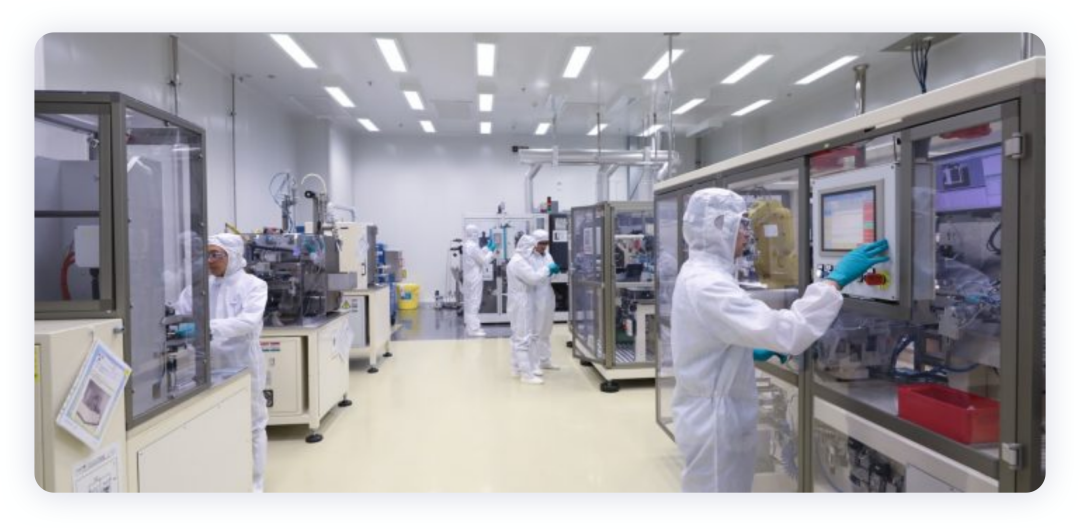
SAIC-GM has deeply participated in the design and performance development of the battery chemistry system, and has led the landing of the AltEn platform in China. The design, development, and verification of the entire battery cell are jointly completed by General Motors, SAIC-GM, Pan Asia Technical Automotive Center, and battery cell suppliers. During the design and development process, they deeply participated in five aspects: battery material system formulation, manufacturing process, performance evaluation, safety abuse, and cost control. In particular, based on different scenarios such as the use environment of the vehicle, end customers, and product positioning, SAIC-GM establishes performance evaluation standards for battery cells. The battery cells will undergo comprehensive testing of electricity, heat, chemistry, safety, durability, vibration, and performance, with a total accumulated testing time of over 3.2 million hours.
-
Material System: The in-depth understanding of material system is to know how battery companies match the materials to make batteries and the future development direction of these materials. Knowing these can prevent panic caused by sudden changes.
-
Performance: This refers to multidimensional performance testing of batteries.
-
Design and Manufacturing Processes: Mainly starting from DFMEA and PFMEA, to understand the differences in designing and manufacturing battery cells among different battery companies and get prepared. General Motors has started making its own batteries in the United States.
-
Safety Abuse: Meeting the national standards is essential, but establishing the demand for the entire lifecycle based on vehicle owners’ understanding of the battery’s characteristics is very difficult.
-
Cost Control: This is a core issue that troubles the entire Chinese auto industry in 2022. The first step is to figure out how to reduce battery costs.
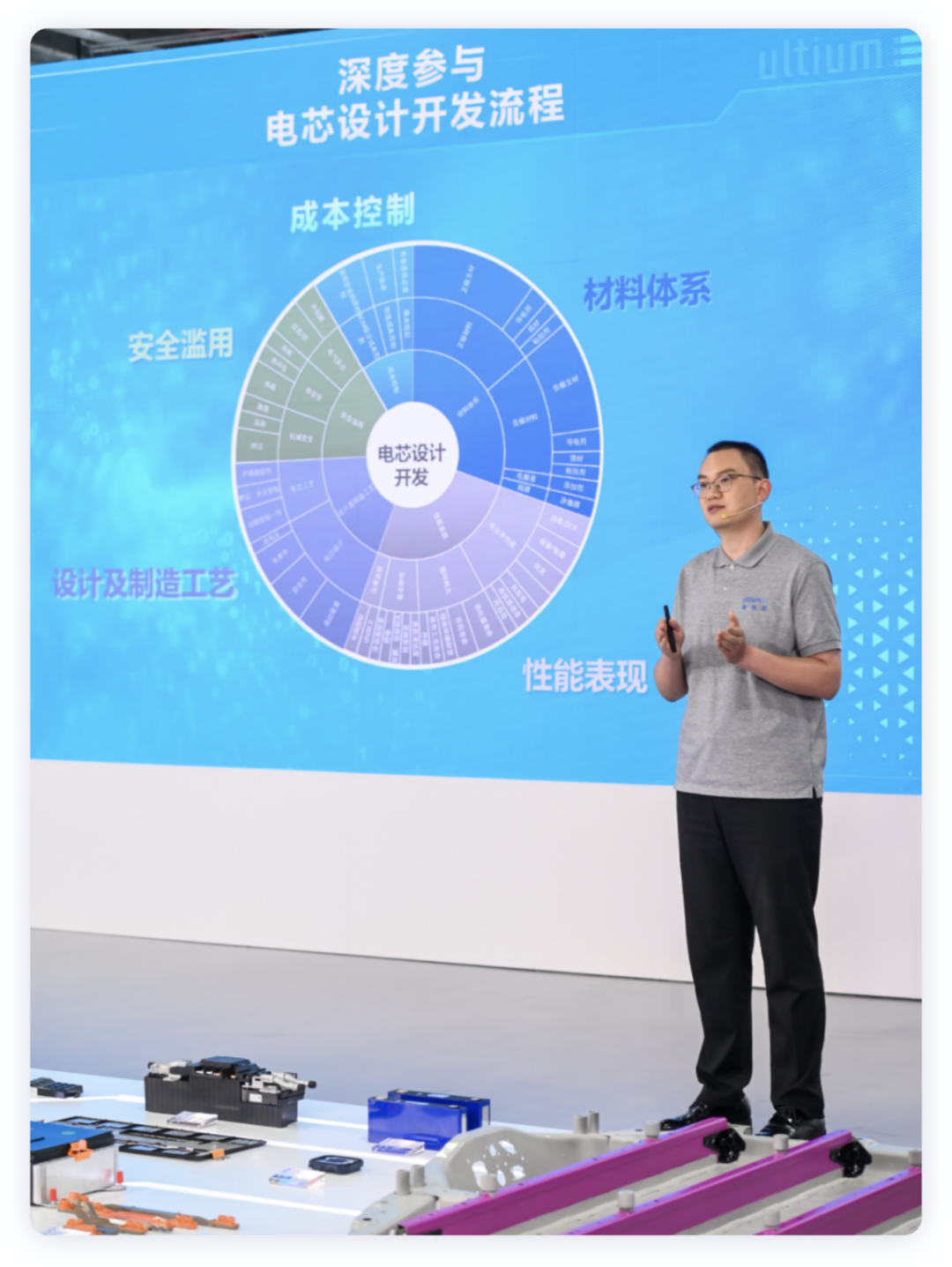
In China, General Motors’ single-cell battery testing laboratory can test 96 battery samples simultaneously, and the battery pack testing laboratory can test six test samples simultaneously. The testing projects for the single battery cell mainly include temperature testing (from -40°C to 85°C) and charge-discharge testing.
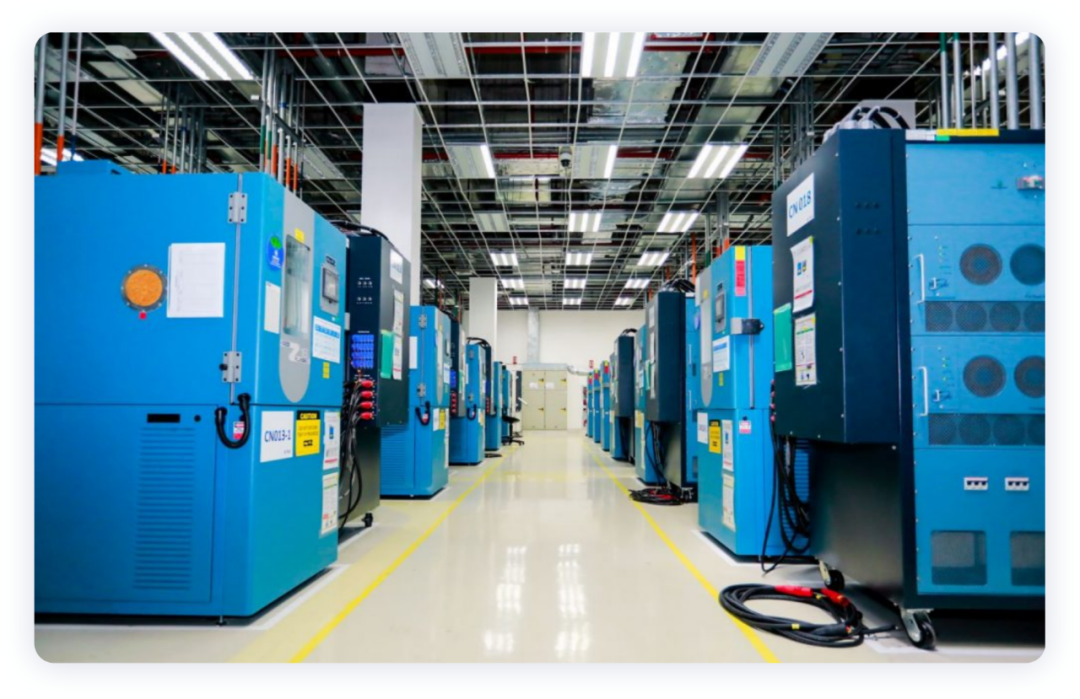 According to the battery engineer Bai Yang, the positive and negative electrodes of the Oter Energy battery both use exclusive (special) formulas. As for the positive electrode, SAIC-GM selected the NCM811 system battery with high energy density. Through in situ coating wrapping, a core-shell structure was formed and directional doping of rare earth elements was used to rivet free oxygen. The purpose of the in situ coating is to prevent the leakage of internal force and reduce the release of oxygen. Doping rare earth elements is also used to reduce the release of oxygen. Therefore, this exclusive design can ensure the extension of battery life. Through testing verification, Oter Energy battery can undergo fast charging during the full lifecycle without battery life degradation or thermal runaway problems. Compared with the basic formula, the thermal stability of this formula is improved by 10%.
According to the battery engineer Bai Yang, the positive and negative electrodes of the Oter Energy battery both use exclusive (special) formulas. As for the positive electrode, SAIC-GM selected the NCM811 system battery with high energy density. Through in situ coating wrapping, a core-shell structure was formed and directional doping of rare earth elements was used to rivet free oxygen. The purpose of the in situ coating is to prevent the leakage of internal force and reduce the release of oxygen. Doping rare earth elements is also used to reduce the release of oxygen. Therefore, this exclusive design can ensure the extension of battery life. Through testing verification, Oter Energy battery can undergo fast charging during the full lifecycle without battery life degradation or thermal runaway problems. Compared with the basic formula, the thermal stability of this formula is improved by 10%.
The negative electrode uses high-capacity, fast-charging graphite to increase energy and builds a fast ion conduction environment in situ to increase the transmission rate of energy. Particle-level distribution eliminates the electrode step concentration and improves conductivity, making lithium-ion insertion/extraction smoother and preventing damage to the material’s microstructure.
It is also precisely because of the completeness of the testing verification that the compatibility of this Oter platform battery is very strong. It can be compatible with lithium iron phosphate, ternary lithium batteries, and future lithium metal batteries, solid-state batteries, etc., at the chemical system level.
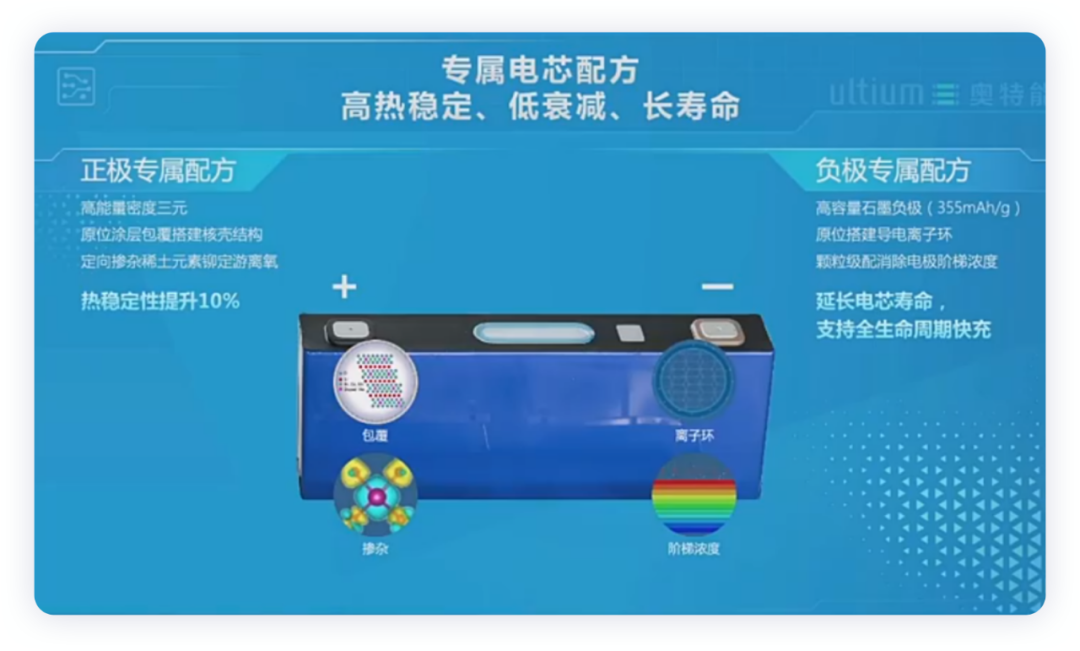
Safe Design
From the blade to Kirin, Chinese battery companies are actually talking about ensuring battery thermal runaway safety under reasonable costs. Actually, at the beginning, SAIC-GM proposed a requirement of one hour before the national standard had been in place for 5 minutes, which tortured many engineers to do experiments day and night.
In the entire system, to ensure battery safety, it mainly covers:
Battery Cell’s Incoming Inspection
In the battery selection and screening stage, the automaker needs to do high-standard battery selection and testing. By testing 100% of the battery cell DCR (direct current resistance) before processing, it can ensure the consistency of electrode welding manufacturing, battery performance, and off-line quality through DCR full inspection, thereby reducing the bucket effect of battery cell capacity and improving battery safety and life. Image
Seven-layer Protection for Battery Safety Management
In fact, this has been discussed many times.
-
Thermal insulation wall between battery cells: this has evolved into an industry standard, using thickened nano-level aerospace materials aerogels to effectively reduce the heat transfer between cells.
-
Technology to suppress thermal diffusion: when the battery cell loses control due to heat, the fast exhaust channel can quickly remove high-temperature gas. The liquid cooling plate system integrated into the bottom of the module is used to quickly release the heat inside the package, reduce the impact on adjacent modules and cells, and reduce secondary failure. The control of the external water pump needs to be accelerated after the vehicle’s thermal runaway alarm. A lot of software needs to be modified, which is very difficult to do.
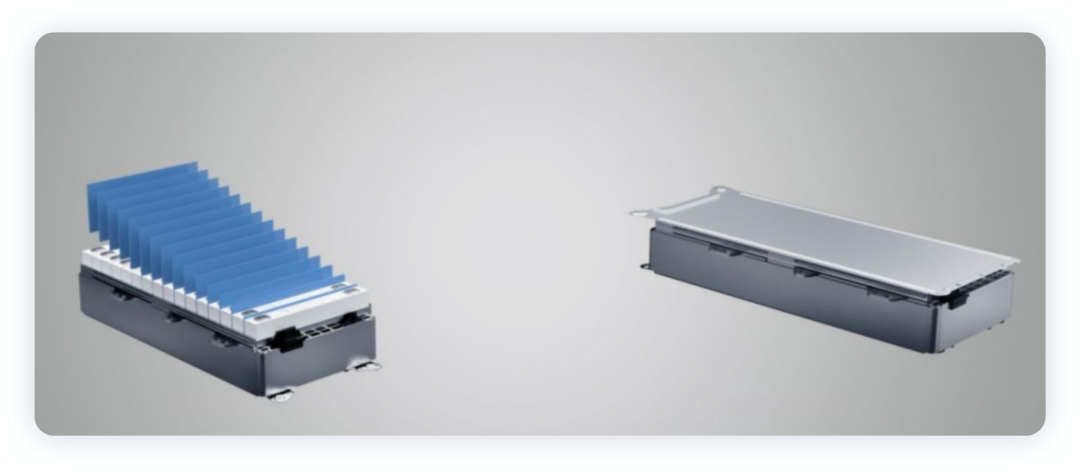
-
Integrated liquid cooling system: Each module is equipped with a patented design of an integrated independent liquid-cooled plate. The heat exchange effect is improved by about 10% through bottom integration. The liquid cooling system can control the temperature difference between the battery cells within 1°C through unique flow control, thus improving battery life. Liquid cooling plates are also placed in the BDU battery isolation unit, which can support peak current loads of > 1200A and a maximum heat generation temperature of < 65°C, thereby eliminating the thermal impact on surrounding parts.

- Fire protection design for modules and battery packs: The top cover patent has an internal gas gel fire blanket, which mainly eliminates the impact of battery cell ejection on the top.
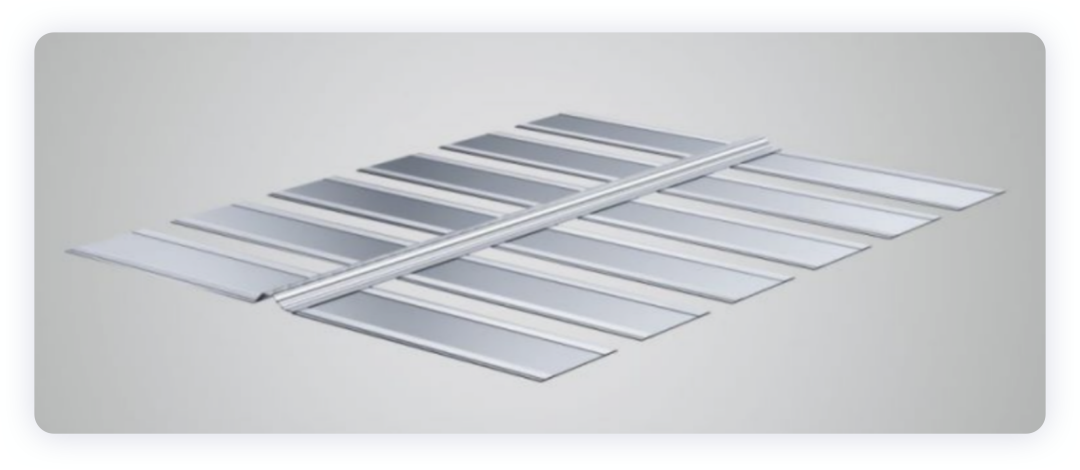
- Large-area explosion-proof valve: Combined with fast exhaust channels, it can quickly discharge high-temperature gas.
- Electrical arc prevention design: High-voltage components have arc prevention design after the battery cell thermal runaway to prevent secondary protection of the battery system.
- Battery health monitoring system combined with cloud and vehicle ends: The vehicle end adopts a triple sensor of air pressure/temperature/voltage to continuously and frequently monitor the battery pack and cell status for 24 hours. Once the risk of thermal runaway is detected, quick cooling is taken to control heat diffusion to ensure safety.
Currently, the industry is also deploying a cloud-based data platform based on battery lifecycle data, which can identify potential hazards such as lithium precipitation, internal shorts, swelling, and leakage in advance and provide weekly battery health anomalies alerts to prevent them before they happen.
Electric Drive System
Outo’s electric drive system is platform-based, with three types of electric drives, namely the front-drive main motor, the rear-drive main motor, and the rear-drive auxiliary motor.
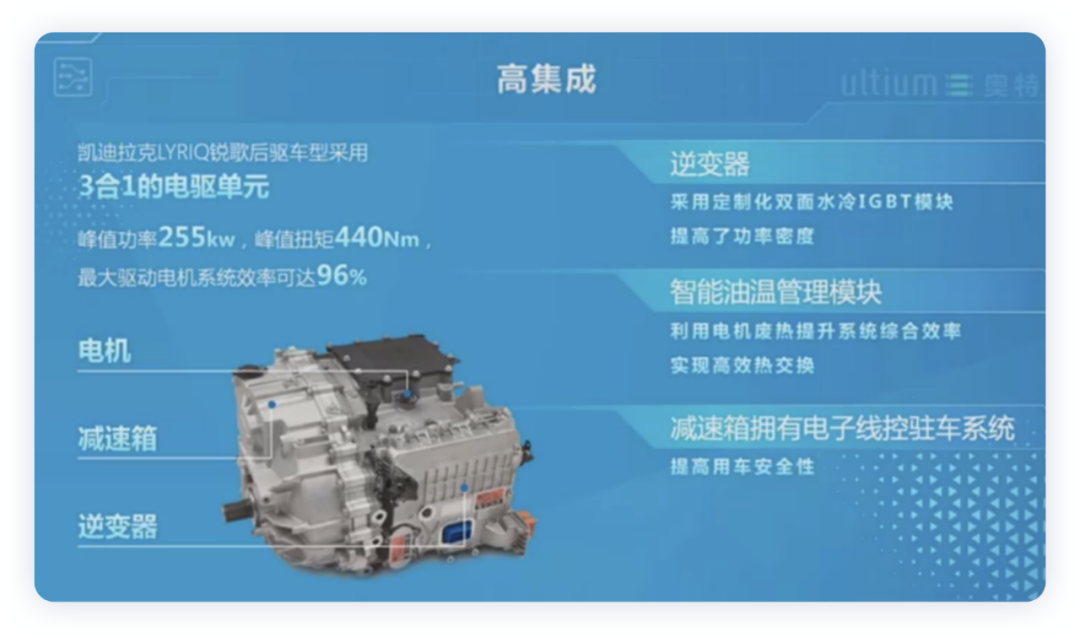 The Cadillac LYRIQ sports rear-wheel drive and a 3-in-1 electric drive unit capable of peak power output of 255 kW and peak torque of 440 Nm. The maximum efficiency of the drivetrain system can reach up to 96%. The inverter IGBT module uses double-sided water cooling, allowing for better heat dissipation within the limited space and thus increasing power density. The smart oil temperature management module heat exchanger stores thermal energy from the gearbox oil and uses the waste heat from the motor to improve system efficiency and heat the drive unit more quickly in low temperatures.
The Cadillac LYRIQ sports rear-wheel drive and a 3-in-1 electric drive unit capable of peak power output of 255 kW and peak torque of 440 Nm. The maximum efficiency of the drivetrain system can reach up to 96%. The inverter IGBT module uses double-sided water cooling, allowing for better heat dissipation within the limited space and thus increasing power density. The smart oil temperature management module heat exchanger stores thermal energy from the gearbox oil and uses the waste heat from the motor to improve system efficiency and heat the drive unit more quickly in low temperatures.
In fact, General Motors had already implemented the motor winding wire technology as early as the first generation of electric vehicles, continuously iterating on the Ultium platform and incorporating self-adhesive motor cores, fully oil-cooled motors, and gearboxes.
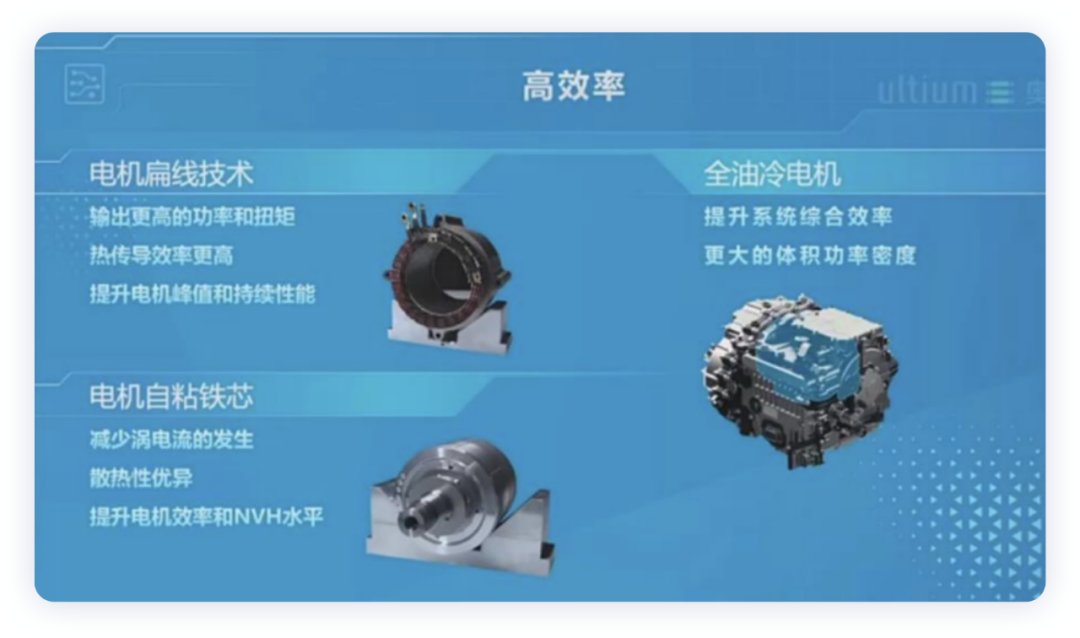
Motor winding wire technology can effectively reduce the winding resistance and copper loss, leading to higher power output and torque. The flat wires are tightly fitted in the stator slots and have better contact with the stator iron teeth and yokes, resulting in higher thermal conductivity and further improving the motor’s peak and continuous performance. The self-adhesive motor cores prevent material tearing caused by the riveting process and reduce the occurrence of eddy currents. They provide improved rigidity, reduce vibration during rotation, and reduce aerodynamic noise, as well as superior heat dissipation, further enhancing motor efficiency and NVH levels.
All Ultium platform electric drive unit motors and gearboxes use oil cooling, with an internal oil pump that actively sprays oil for lubrication and cooling, improving overall system efficiency. The motor’s stator spray cooling and rotor oil slinging eliminate the need for a cooling water jacket, which reduces the outside diameter size and results in greater volume power density.
We can delve deeper into this topic when we have the opportunity in the future.
In conclusion, as the world pushes towards the development of electric vehicles, two schools of thought will collide – one focused on rapid development and the other on safety performance. Regardless of EE architecture and intelligence, the underlying technology for electric drive and batteries is very certain.
This article is a translation by ChatGPT of a Chinese report from 42HOW. If you have any questions about it, please email bd@42how.com.
